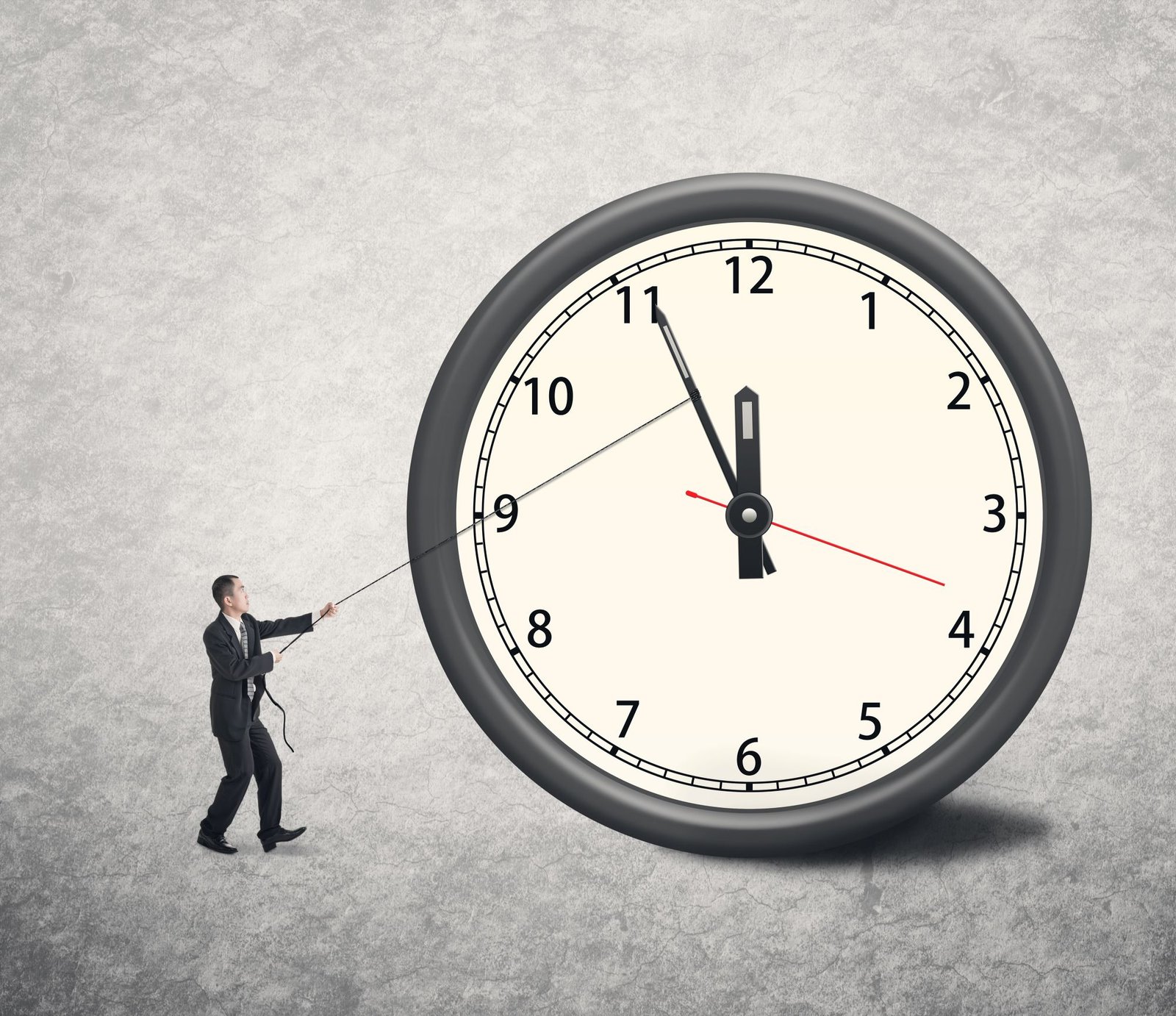Like it or not, changing clocks twice a year is a tradition for most people living in Canada and the United States. The shift to Daylight Saving Time (DST), which involves setting clocks forward in the spring, is generally unwelcome, even though it signals warmer weather in most places, but it also causes people to lose an hour of sleep. A new study finds that: Journal of Marketing ResearchThe onset of daylight saving time may lead consumers to adopt less healthy behaviors.
Should outdated changes be removed?
Public policymakers are debating whether to abolish these outdated semi-annual time changes, and if so, whether daylight saving time should become standard time. Answering this question is not as easy as it might seem.
Although originally proposed to conserve energy, research suggests that DST does not significantly reduce energy waste. Sleep scientists and public health experts advocate for a year-round standard time that aligns with our circadian rhythms to promote better sleep, health, and well-being. However, large corporations, retailers, and the outdoor industry support permanent daylight saving time because longer hours of daylight at night ultimately mean more revenue and profit margins.
The study aims to investigate whether the onset of daylight saving time leads to unhealthy consumer behavior and shed further light on the impact of the current biannual change to inform policymakers, businesses and consumers.
Consumers react negatively to daylight saving time transitions
First, the researchers used social media data from X (formerly Twitter) to explore consumer reactions to the start of daylight saving time.
The analysis revealed that “the number of tweets containing keywords related to confusion caused by the daylight saving time switch peaked approximately 12 hours after the switch. There was also a significant increase in the amount of negative tweets, indicating stronger negative sentiment toward the time change. Overall, our preliminary findings suggest that consumers are reacting negatively to the daylight saving time switch.”
Consumers have unhealthy behavioral responses to daylight saving time
Next, the team looked at two unique, disaggregated-level datasets capturing two distinct consumer behaviors: snack consumption and fitness center visits. The first dataset captured snack consumption in real time in consumers’ natural environments, while the second dataset tracked attendance records of customers who visited fitness centers.
To understand consumer behavior following the onset of DST, the research team compared calorie consumption from packaged snacks and fitness center visits between two groups of customers before and after the onset of DST: one group affected by the onset of DST (treatment group) and one group not affected by the onset of DST (control group).
The analysis also uncovered negative consumer reactions: According to the researchers, the results showed that after the start of daylight saving time, the time change was associated with increased calorie consumption from unhealthy snacks and decreased visits to fitness centers.
In addition to this negative reaction, the impact on calorie consumption was amplified in the evening and on cloudy days. Additionally, visits to fitness centers were reduced among people who lived far away or did not attend fitness centers regularly.
Fallback transition will have no impact on consumers
Finally, the research team looked at the impact of the transition from daylight saving time to standard time (turning clocks back one hour in the fall). They reported that they found that turning clocks back one hour in the fall had no effect on calories consumed from unhealthy snacks.
A team of researchers from North Carolina State University, University of Manitoba, Bern University of Applied Sciences, University of South Carolina and California Baptist University say their findings highlight the role of drowsiness caused by the hour delay in reducing consumers’ self-control and leading to unhealthy consumption behaviours.
Important Notice for Businesses
New technologies such as smart circadian lighting systems may help consumers reset their circadian clocks in a non-intrusive way, and apps designed to reduce jet lag can help minimize the effects of the time change.
Businesses can run promotions to bring people into their stores, such as offering free coffee or holding some kind of contest or event. This could be beneficial for the health and wellness industry to counteract the tendency of consumers to skip healthy eating and exercise when daylight saving time begins.
Notice to consumers
Avoid stocking up on unhealthy snacks and groceries before the transition to DST and practice more self-control during this time. If you are vulnerable to the effects of DST, you can also look for support options and strategies online, including platforms that encourage healthy behaviors.
Note to public policy makers
“Our study shows that the onset of daylight saving time is an obstacle to consumer health goals and suggests that policymakers should continue their efforts to end the time change. Furthermore, from a consumer health perspective, public health campaigns promoting healthy eating and exercise may be particularly needed around the time of the time change,” the research team advises.

